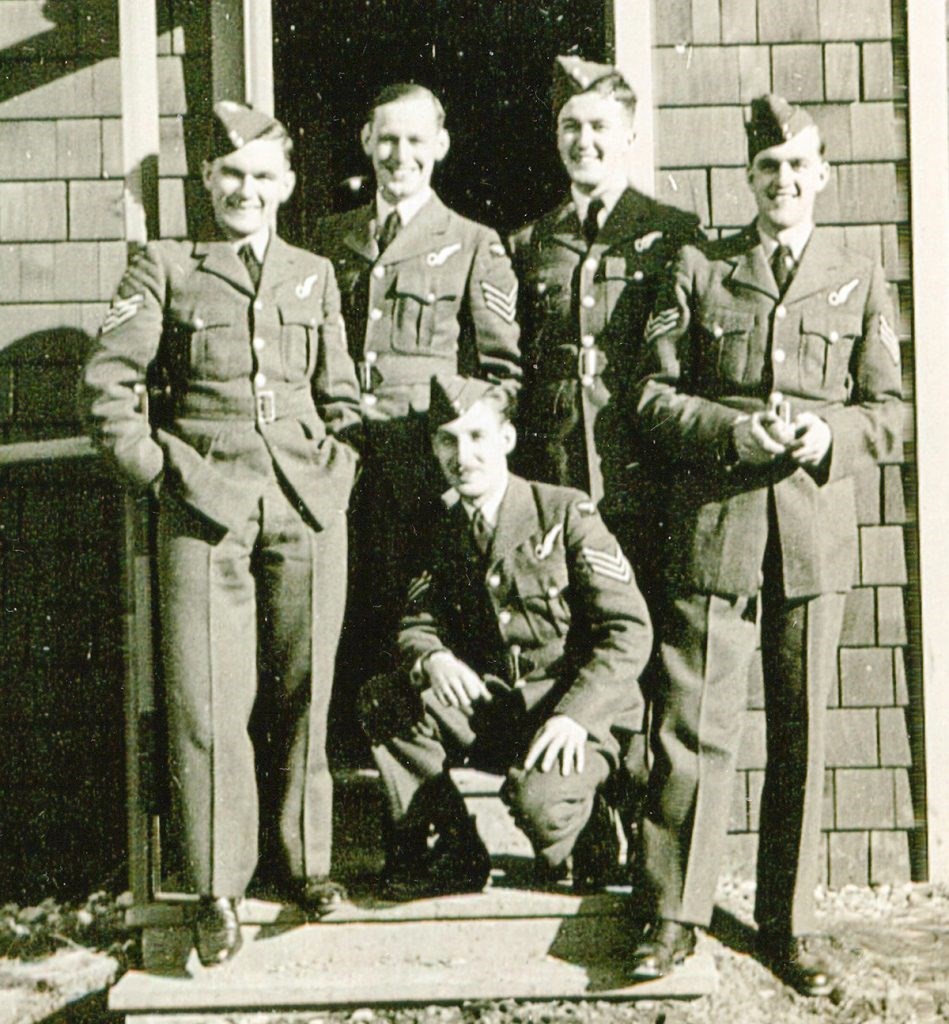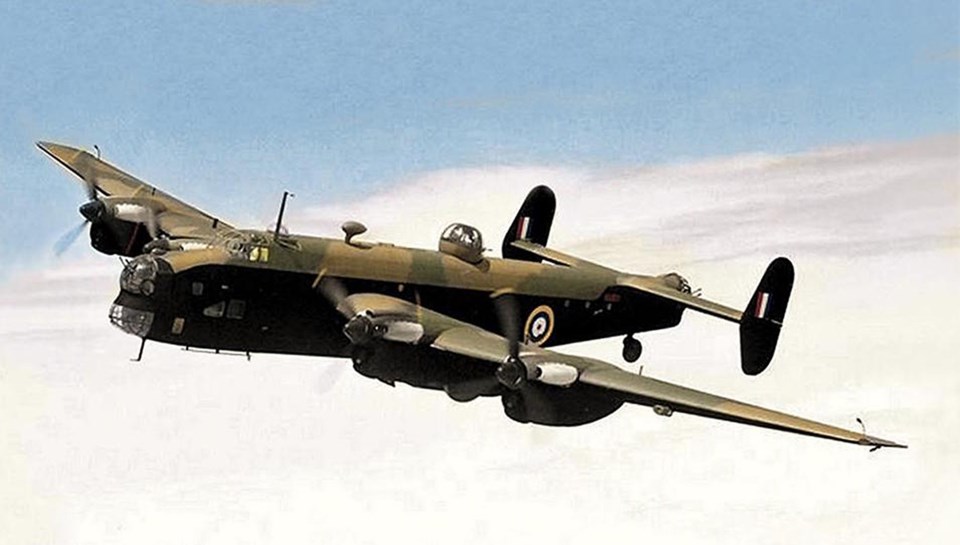Tom Slater & Tom St. Amand
Ted Parsons is not a household name in his hometown of Sarnia, but in Muiden, a village in The Netherlands, he’s familiar to many folks even today.
Parson’s Halifax bomber was shot down in 1943 and Dutch citizens, then under Nazi occupation, have never forgotten the sacrifice and bravery of the Canadian officer and his six crewmates.
Born in 1916, Parsons was popular and gregarious, a fun-loving soul regarded as good company and something of a ladies' man. Like his four siblings, he attended local elementary schools, and while a student at SCITS from 1931 to 1934, studied hard and was active in sports.
He worked at various jobs but was searching for, as his niece put it, a “change of scenery.” So at the age of 24 Parsons enlisted with the RCAF in February 1941, and two years later was part of Bomber Command as a Flying Officer-Navigator with the RAF #77 Squadron.
When Parsons joined the Squadron it had converted to Handley Page Halifax aircraft, four-engine, heavy bombers flying out of the Elvington Air Base near York. Starting in mid-March, he flew 12 successful missions aboard Halifax II JB803.
The survival rate was poor. It was later revealed that five of every six crews never lived long enough to complete a tour of 30 operations.
Shortly before midnight on Friday, April 30, 1943, Parsons’ plane left Elvington on its 13th mission. It was one of 305 heavy bombers targeting the city of Essen in Germany's Ruhr Valley.

Soon after passing the Dutch coast, they were picked up by German radar operators. Heinz Vinke, a Luftwaffe ace, was one of the pilots deployed to intercept.
The German night-fighter caught up with Parsons’ plane 6,300 metres over northern Holland, and his Messerschmitt likely attacked from the rear, a common and effective tactic.
The Halifax was hit and dropped into the thick cloud layer below.
Engulfed in flames, it circled the village of Muiden. Pilot Gordon Watson was likely looking for land instead of water where his crew could bail out safely.
Five crewmen jumped, including Ted Parsons, and with tragic results: strong wind pushed them over Ijsselmeer Lake and four of them drowned.
The 20-year-old pilot and another airman stayed on the Halifax until it went down at 2:26 a.m. between Muiden and Muiderberg, just east of Amsterdam.
The aircraft exploded. Fires burned at the crash site through the night. On Saturday, the Germans located two bodies near the charred aircraft and buried them that day.
The bodies of Ted Parsons and three others washed ashore later. German authorities buried the six crewmen’s remains in Muiden General Cemetery.
The seventh, William Louth, was found barely alive a few miles from the others. He had no identification and never regained consciousness. He died in a nearby hospital on May 13 and was buried in Amsterdam — only later identified as the final crewman of Halifax JB803.
The British High Command considered the mission a success because the Allies had lost just 12 planes and inflicted heavy damage.
But in Sarnia, widow Olive Parsons was heartbroken by her son's death. Until she passed away in 1959 she always held out hope her “Tedums” would walk through the front door again.
In Muiden, residents pledged to honour the seven brave airmen. Starting in 1946, and every year since, the people have attended a church service on May 4, following by a silent march to the crewmen's graves for a memorial service held in their memory.
